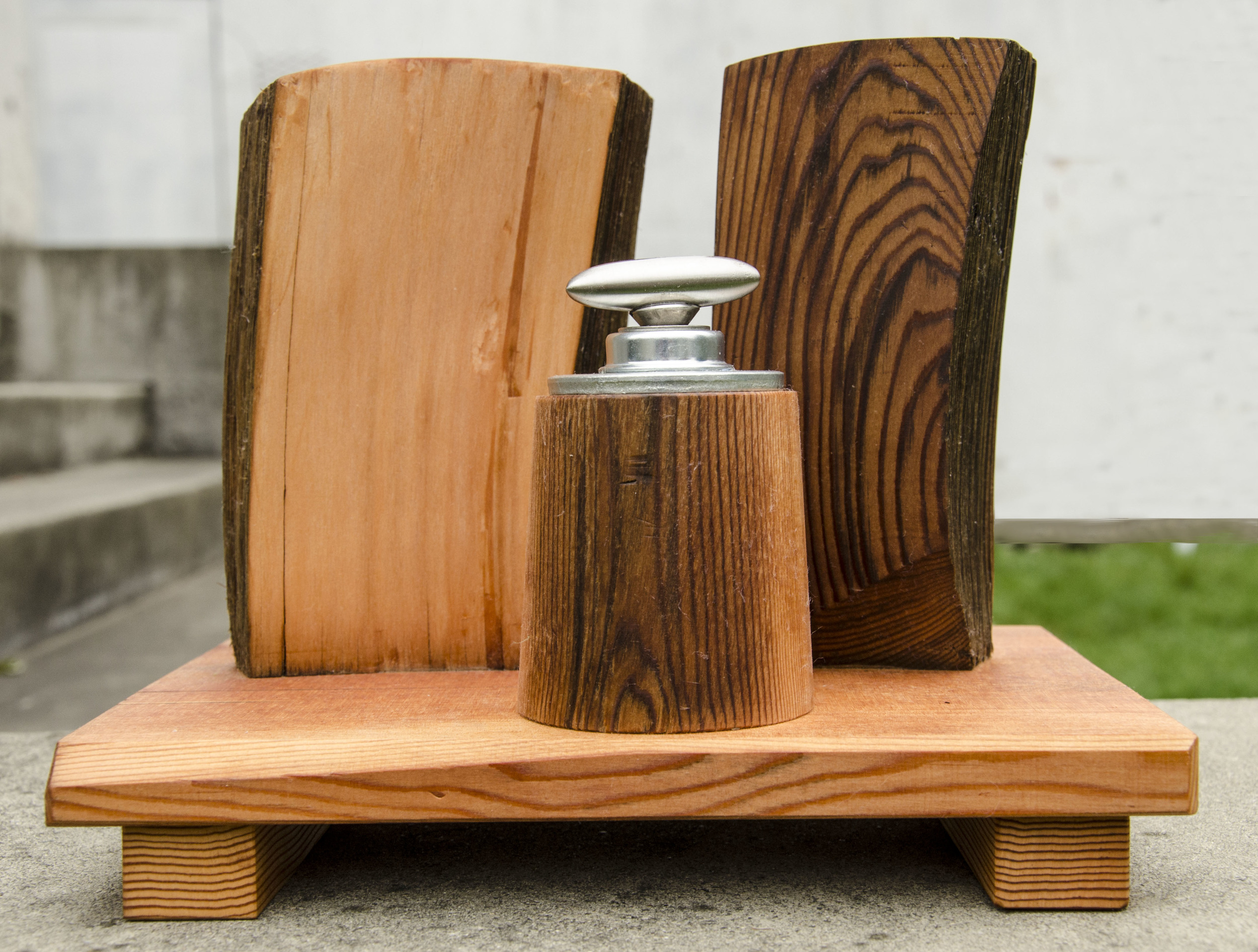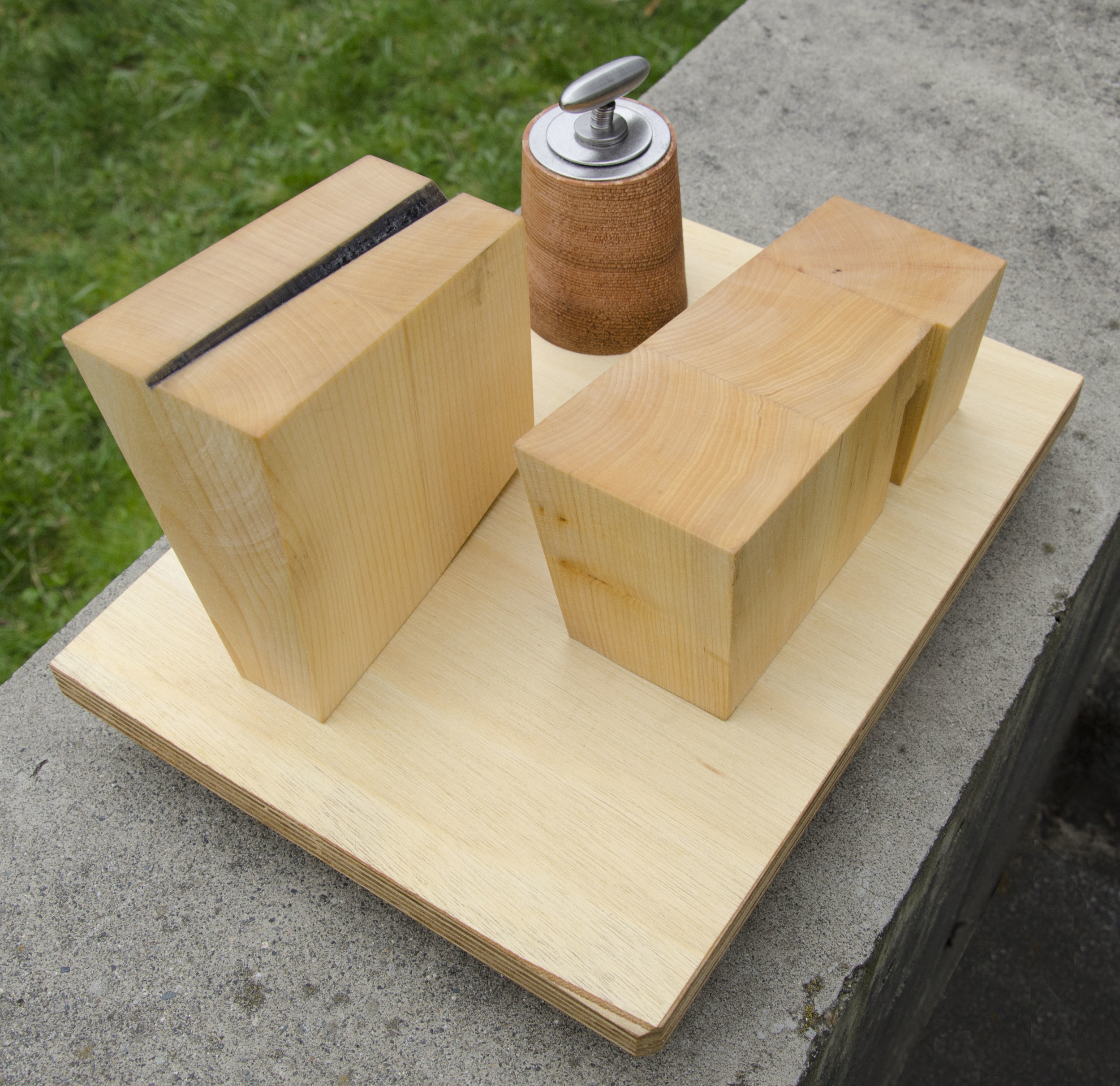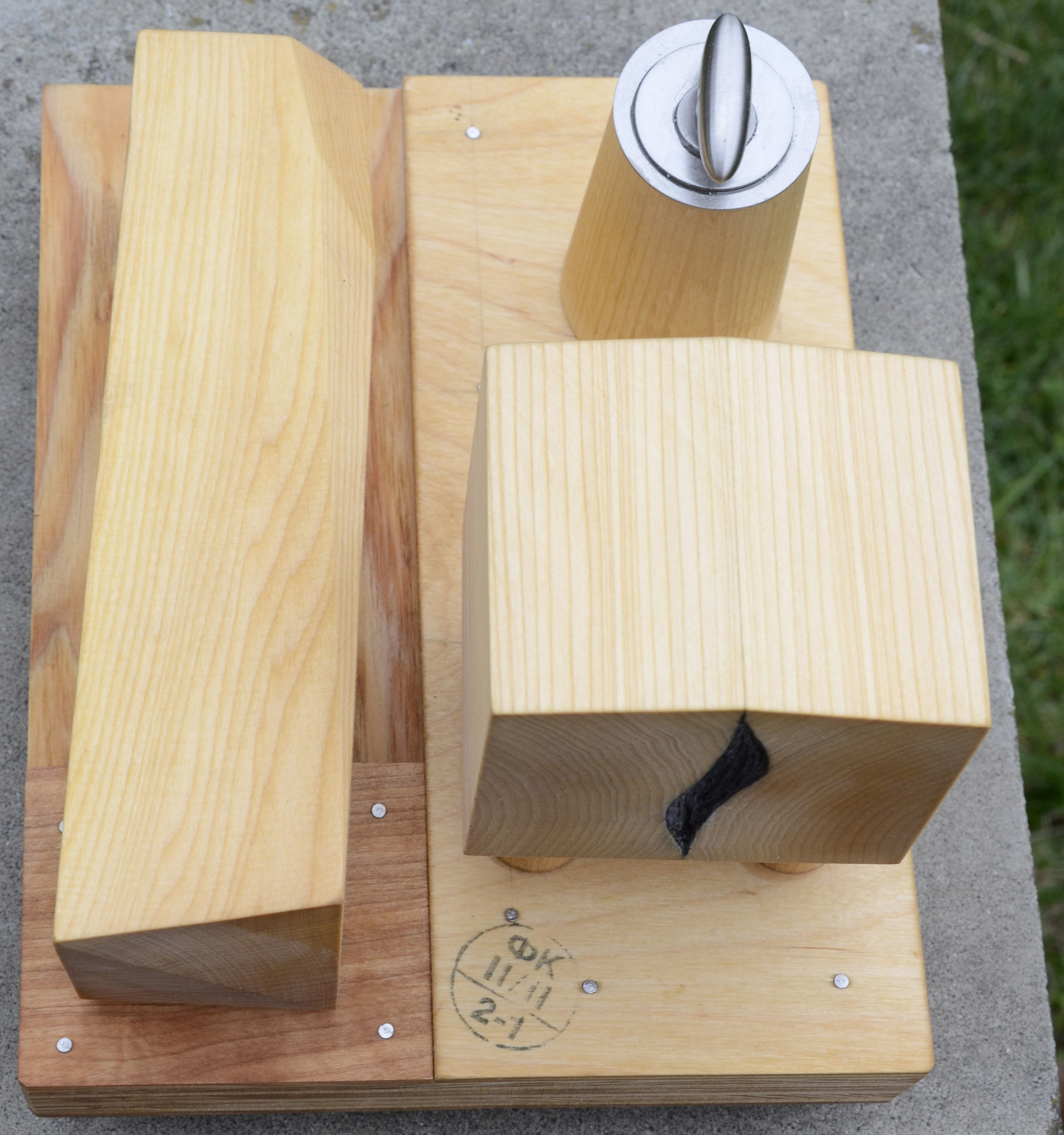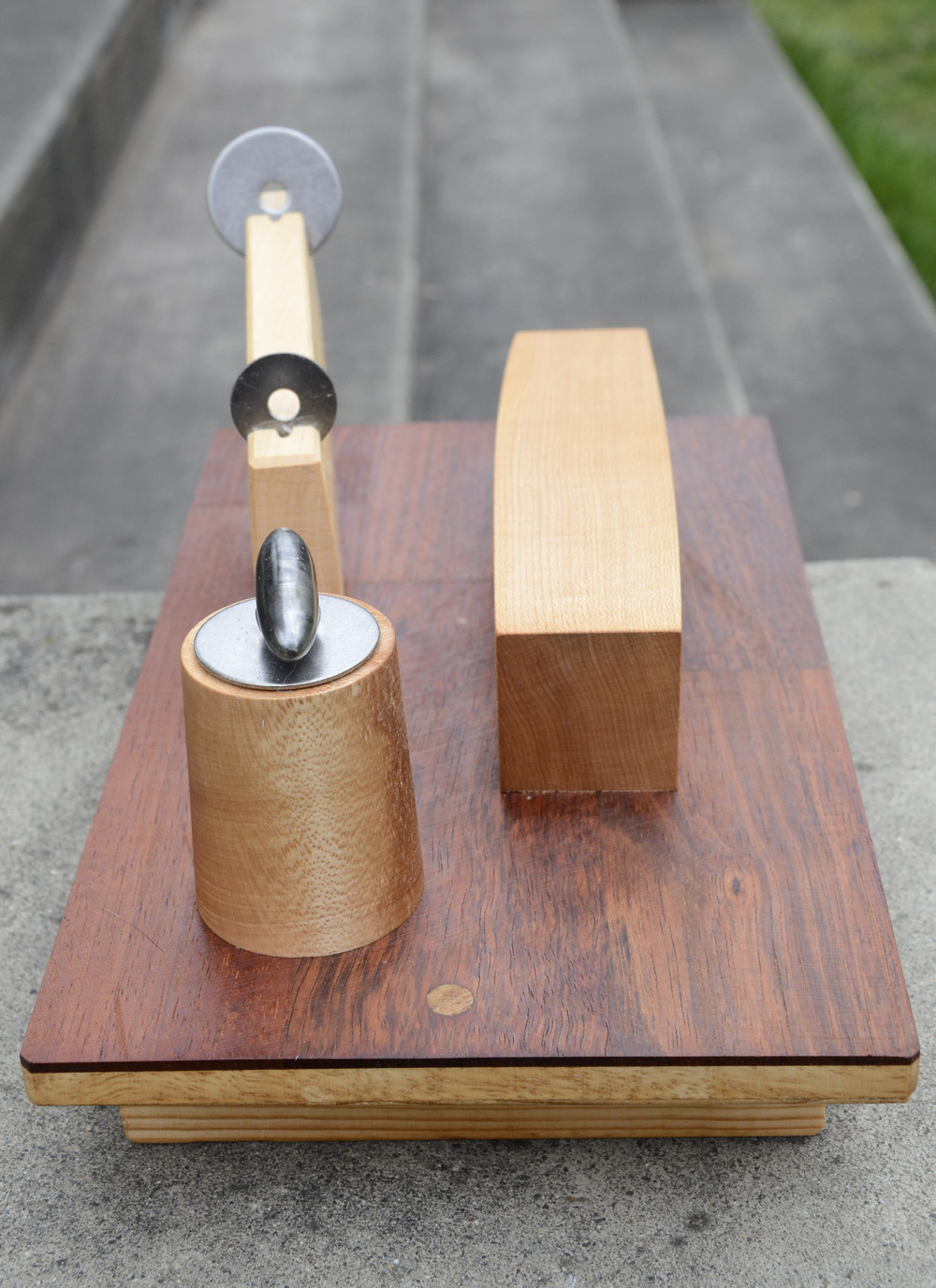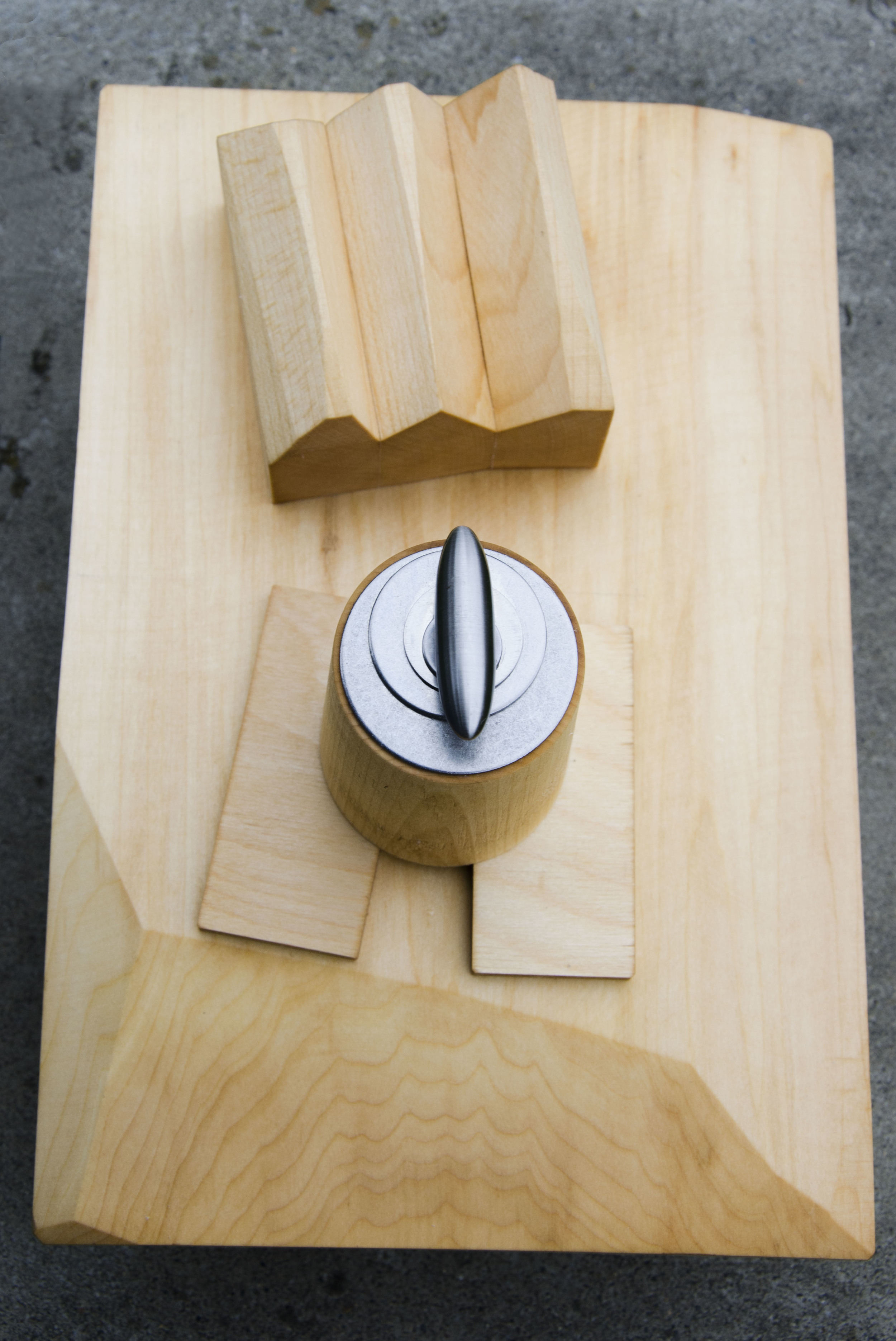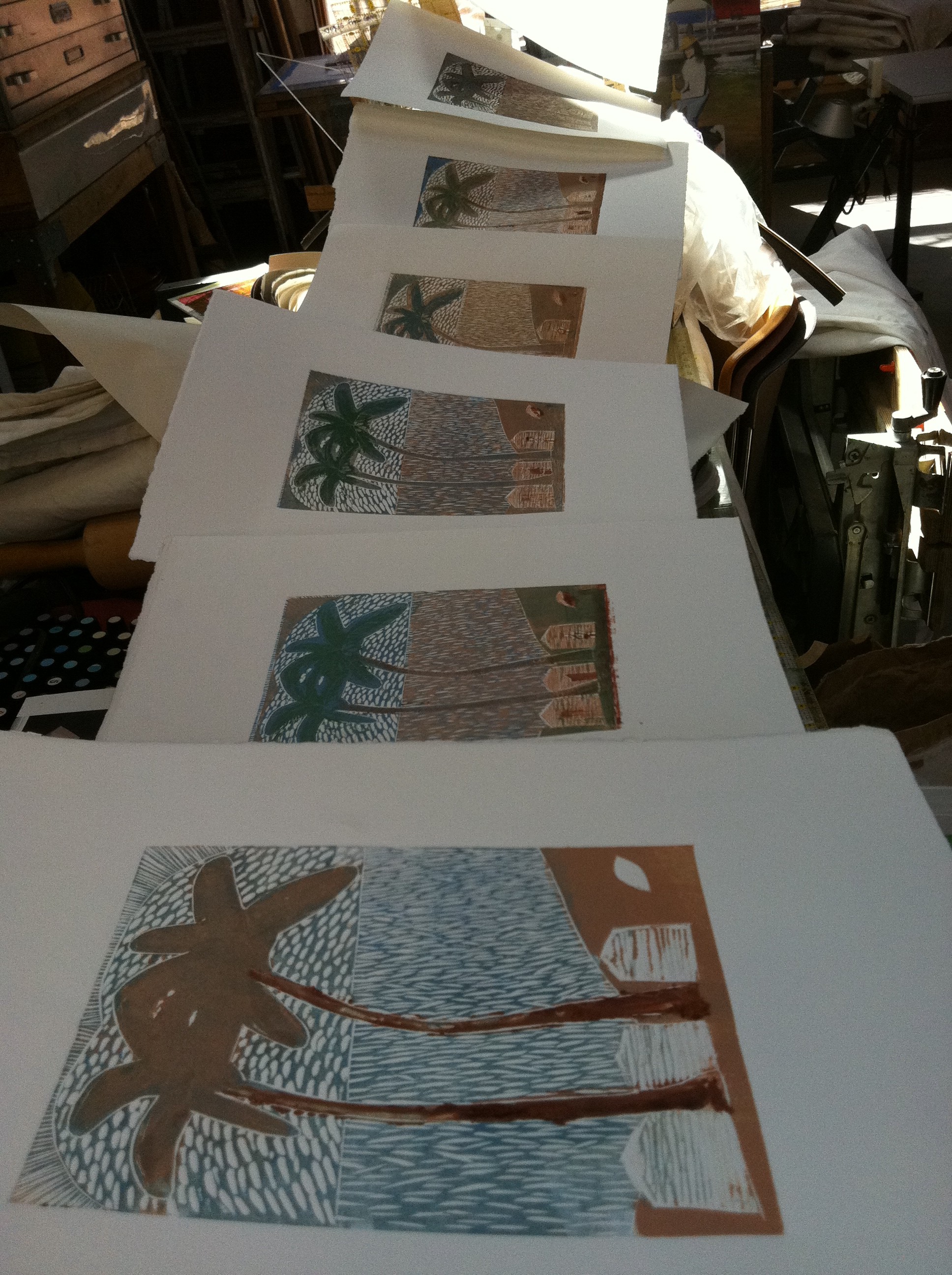This house is being used as a temporary art studio.
Come say hi, visit and talk art from 11-5 pm Saturday and Sunday June 11 and June 12, 2022 at 3922 Corliss Avenue North, Seattle, WA 98103. Feel free to schedule an appointment if other times work better for you. More gallery pieces may be posted later.
Working configuration of Dining to Living
Working setup/display of finished works and works in progress in living area
Sewn and modified pet food lids and painted canvas on 16 x 24 inch raw canvas
Seven by water. Watercolor on 24 x 16 inch watercolor papaer
Acrylic paint and graphite on 16 x 24 inch panel referencing early morning flight over Amsterdam greenhouses.
Work in progress: The upper piece approximately 24 x 18 inches on Clearprint 1000H drafting paper with graphite and watercolor to experiment with additional shapes. Watercolor dehydration on this highly sized paper is interesting. The lines were drawn of the top piece on the translucent paper that was taped over the dried watercolor piece below. That upper piece has had a initial painting with the same watercolors used on the piece below. The piece below is on Canson 24 by 18 watercolor sheet from a tablet and has a graphite grid and lines.
This is a single pass double inked proof that will be part of the visit. More information on a lino plate with an insert for double color / single pass printing is on the next current blog post . The inked area is approximately 10 x 5 inches printed on a quarter sheet measuring approximately 15 x 11 inches.









